Igor Sikorsky’s experience with helicopter design quickly advanced him in the world of airplane development as well.
We’ve all seen the videos: men running off of cliffs with giant bird wings attached to their arms, funny oscillating machines hopping off the ground, and so on. Dreamers envisioned many different ways to get off the ground and experience flight, and going straight up was one of those ways. Leonardo da Vinci was perhaps the first person to come up with this idea, using an “aerial screw” powered by four men, on the concept of compressing air to take flight. The idea never left the ground, but that didn’t stop people from trying. Especially Igor Sikorsky.
Born in Kiev, Ukraine, in 1889 to a family of physicians, Igor Sikorsky actually built his first helicopter at the age of 12. It was a small toy powered by rubber bands, but it would turn out to be his life’s work.
Sikorsky would attend schools in Paris and Ukraine, studying the sciences. Although he did well in academics, he lost interest due to the lack of practical application. He wanted to be more hands-on.
Continuing with his idea of going straight up, he started on a design in 1909 with some financial assistance from his sister. His biggest challenge was finding an engine light enough. Because the craft would have a horizontal propeller rather than a vertical one, it had to be as light as possible to escape gravity’s pull from a standstill.
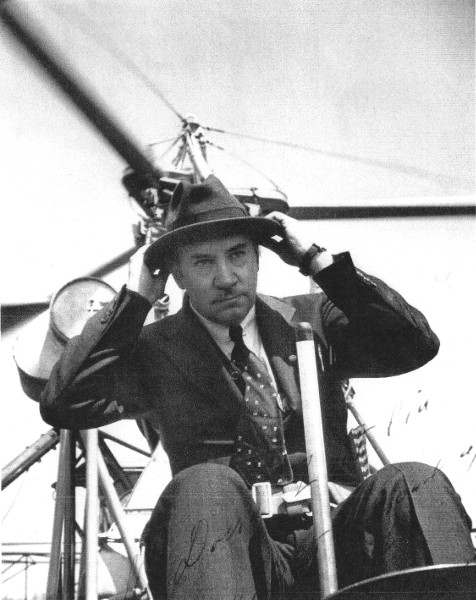
Unfortunately, the technology was too far behind his ideas. His 1909 helicopter never showed any indication of being able to get off the ground, and neither did his follow-up in 1910. He pocketed his vertical lift idea until the technology caught up, and started work on conventional airplanes.
Sikorsky’s experience with helicopter design quickly advanced him in airplane development. He soon became a leading contender in the world of airplane manufacturing with his line of “S” airplanes. His S-5 could obtain higher altitudes and stay aloft longer than similar competitors and important people started paying attention to him, even Czar Nicholas II. His subsequent S-6 won the highest possible award at a Moscow airshow.
The crash of an S-6 gave him a revolutionary idea. The aircraft experienced an engine failure in flight, and Sikorsky realized that airplanes would be much more reliable if they had more than one engine. He built a behemoth of an airplane, a biplane with four engines that was dubbed “le Grand”. It had an enclosed passenger compartment and “observation deck” in front. Onlookers would laugh and say it was too big to fly, but Igor Sikorsky made the first successful flight of a four-engine airplane in 1913. This design would soon be converted to a bomber for the Russian army during World War I, and was extremely successful in combat on the German front.
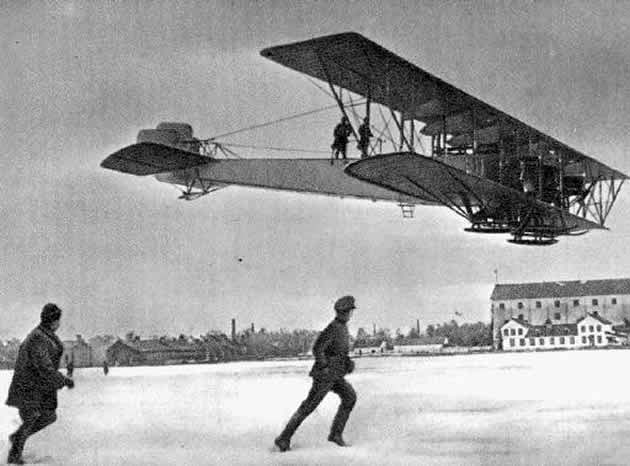
Unrest in Russia forced Sikorsky to seek refuge in Paris, and eventually America when he migrated in 1919. He continued development of airplanes under his newly formed Sikorsky Aero Engineering Corporation. In 1924 he developed the S-29A, a successful twin-engine passenger plane – orders were coming in and his company was seeing some financial accomplishment.
Airplanes at the time were very restricted to where they could fly. There were few airports throughout the world, but there was plenty of water. Sikorsky, the visionary that he was, recognized this opportunity and began development on amphibious airplanes. He would develop the S-38 in 1926, a long-lived amphibian that you can still see flying around waterways to this day.
The S-38 would be followed by the S-40, built by the newly reorganized Sikorsky Aircraft Corporation, and the age of the Pan American Clippers was born. The S-40 flew regular routes between the United States and the Caribbean and then South America. The range and speed of the subsequent S-42 opened routes to Hawaii, then across the entire Pacific. This culminated in regular passenger flights across the Atlantic Ocean by 1937. The S-42 would be the final development in Sikorsky’s lineage of airplanes. Technology for the helicopter had finally caught up.
Helicopter development presented two difficult challenges: countering the torque created by a large horizontal rotor, and changing the pitch of the blades as they made their rotation.
Different engineers were tackling the first problem by attempting to use two large counter-rotating propellers (similar to today’s Chinooks). This arrangement made these helicopters very heavy. Igor Sikorsky solved this problem by developing a helicopter with one large single horizontal rotor, and one small vertical rotor for countering the torque. This allowed his helicopter to be light enough, combined with the improvement of lighter materials and engines. Sikorsky also developed a way to change the pitch of the blades during their rotation, allowing for both horizontal lift control and lateral control. The VS-300 made the first modern helicopter flight on September 14th, 1939.
The VS-300 made hundreds of successful flights through the end of 1941, demonstrating its ability to hover and land in small, confined spaces. Spaces that airplanes would never have a chance of operating in, at least not more than once! Sikorsky said of this ability during a 1941 meeting of the Institute of the Aeronautical Sciences, “there can be no doubt that an aircraft of such characteristics will open a most important and large now field of air travel.” He received his first helicopter contract for the U.S. Army Air Corps in 1941.
Sikorsky’s helicopters did see service in World War II, to the surprise of many aviation enthusiasts. His R-4 helicopter was used in the first helicopter rescues of downed pilots in China and Burma. These helicopters were also aboard some ships in the South Pacific for medical evacuations.

The helicopter proved its value during the Korean War, saving the lives of countless soldiers in medical evacuations, delivering troops and supplies, and even providing offensive support.
Igor Sikorsky passed away in 1972. Today, his Sikorsky Aircraft Corporation is based in Stratford, Connecticut, and manufactures both civilian and military helicopters for over 40 different countries. Their mission statement is “We pioneer flight solutions that bring people home everywhere…every time.”
The company estimates that the helicopter has saved over 2 million lives in rescues since 1944.
First Flight: the Wright Brothers
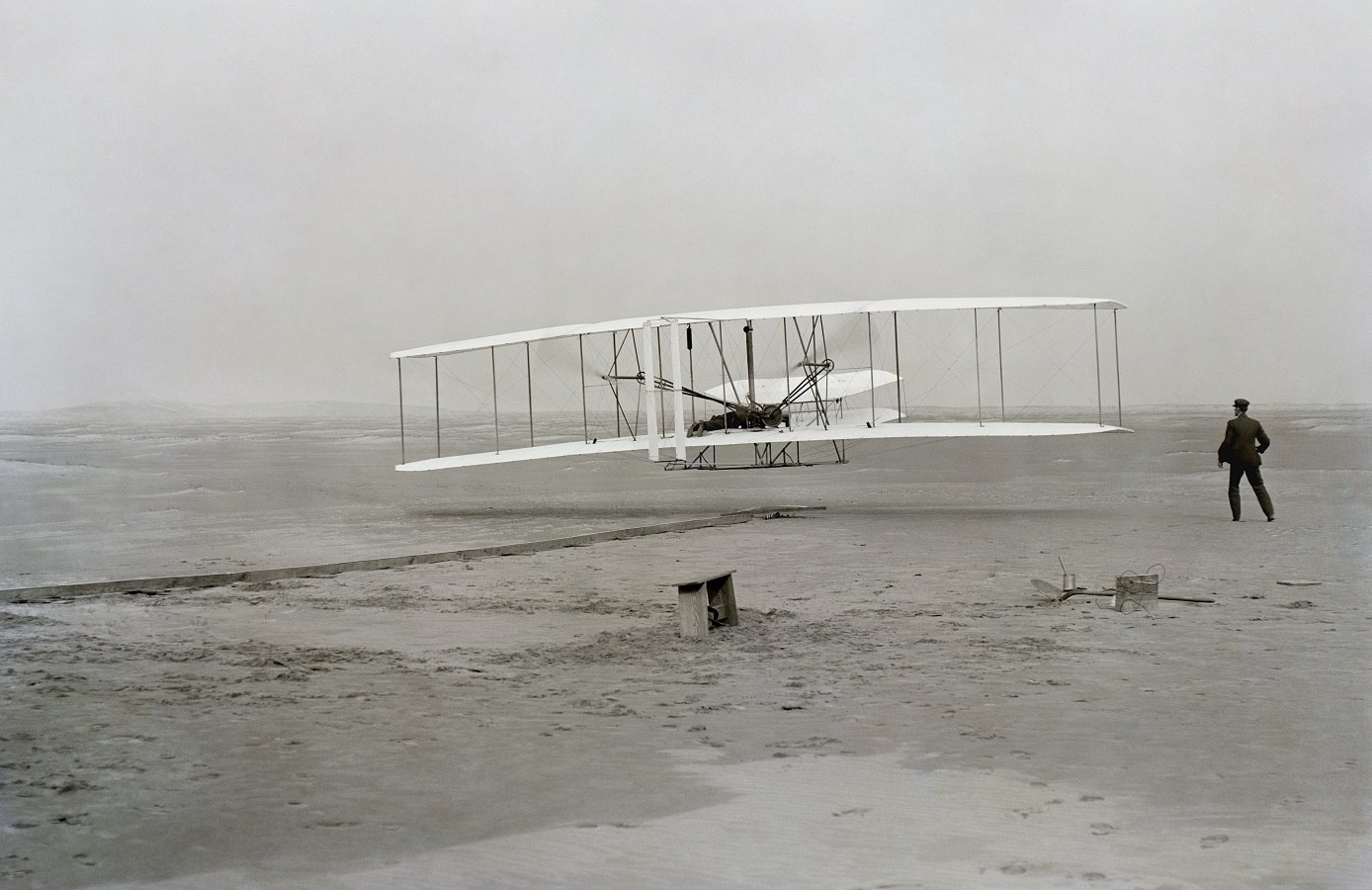 Although their claim to the first powered flight may be in dispute, one thing that is not is that the Wright Brothers’ impact on the field of aviation was monumental. They provided some incredible innovations and made leaps forward that seem almost ludicrous. In fact, really digging into their story and their contributions to aviation would be a much longer, more involved task. Additionally, though history has been kind to the Wright Brothers, this appears now to have been in part because Orville [Click to read more…]
Although their claim to the first powered flight may be in dispute, one thing that is not is that the Wright Brothers’ impact on the field of aviation was monumental. They provided some incredible innovations and made leaps forward that seem almost ludicrous. In fact, really digging into their story and their contributions to aviation would be a much longer, more involved task. Additionally, though history has been kind to the Wright Brothers, this appears now to have been in part because Orville [Click to read more…]







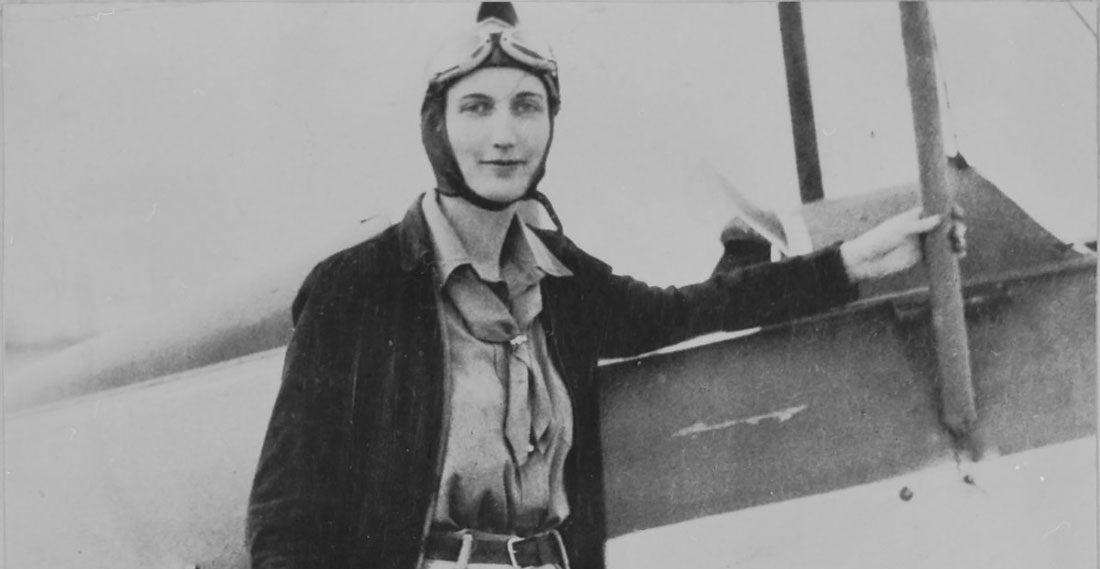
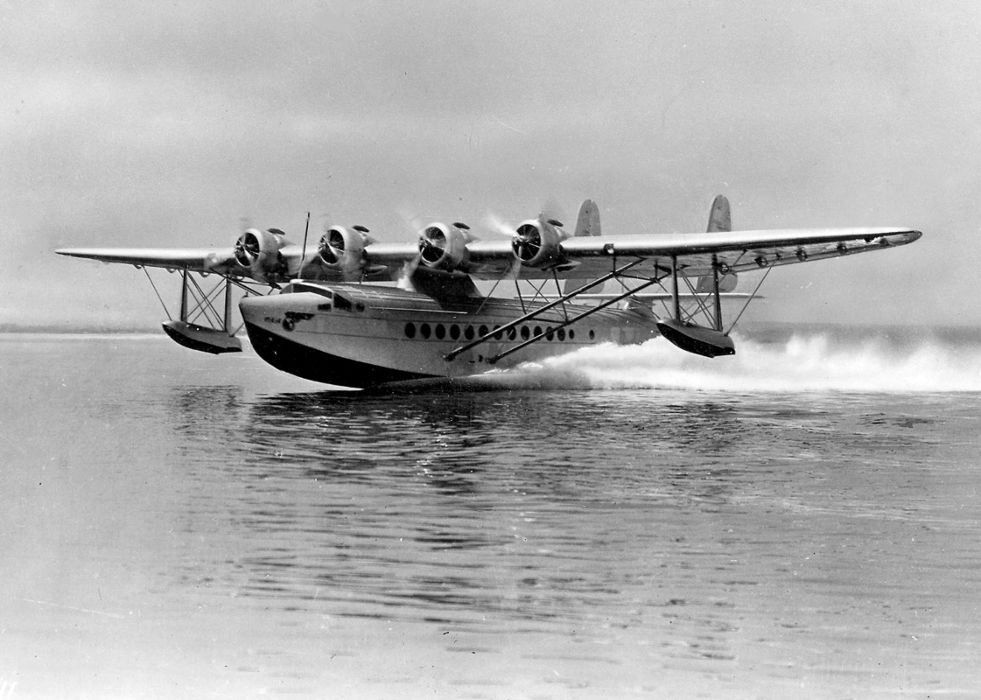
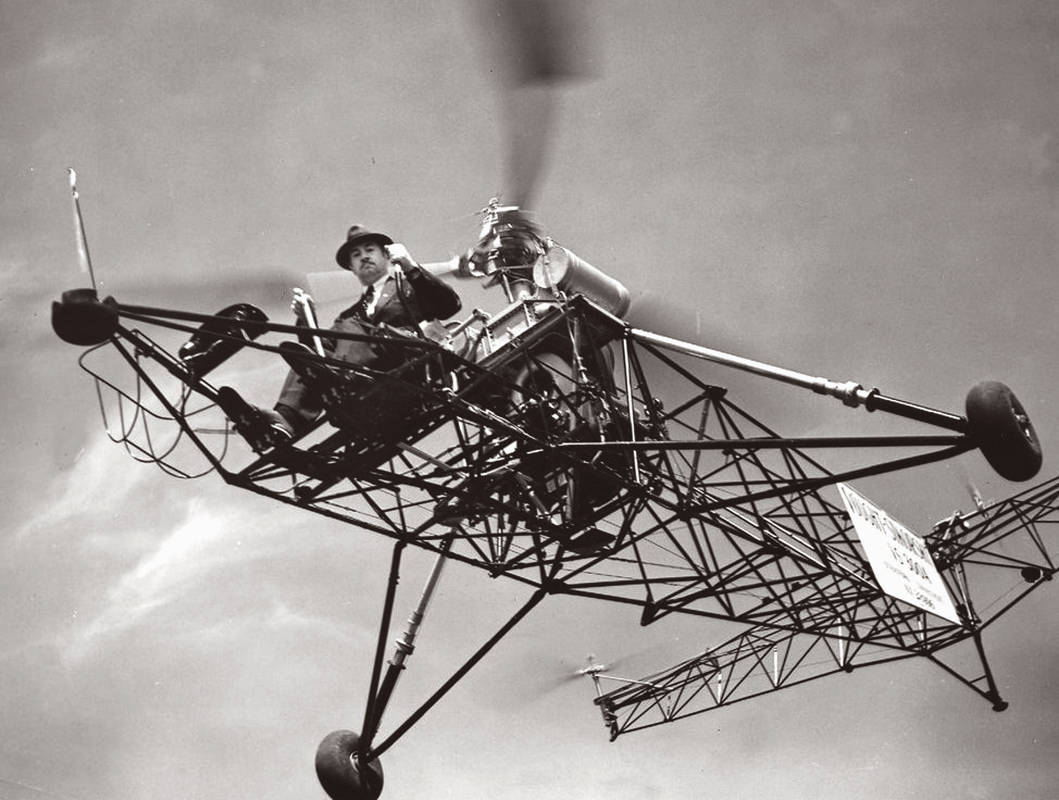






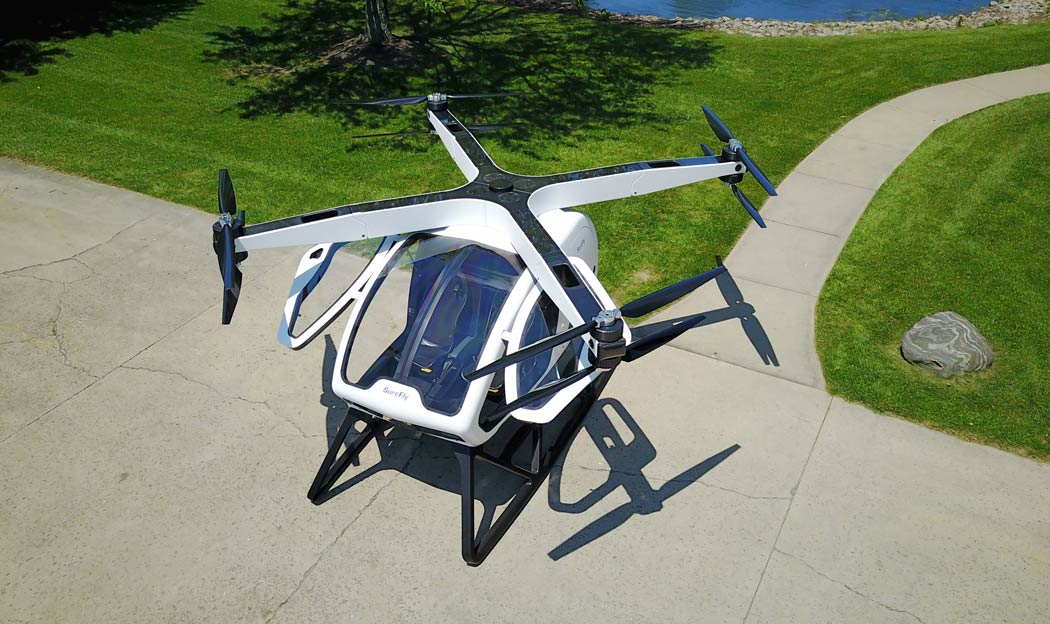
You do realize that powered flight started December 17, 1903?
Sikorsky’s “effort to build a practical helicopter was in Kiev, in May – June 1909.”
This quote from “The Aviation Careers of Igor Sikorsky” by Cochrane, Von Hardesty, Lee
R.T.,
That is true. However, Sikorsky did build his first helicopter, a model, in 1901 at age 12.
Genius ..tenacious hands on inventor…visionary that has saved millions of lives and fed millions in need by helicopter flight and defended our heros in battle ….most couldn’t hold a candle to Igor Sikorsky..ingenuity and perfectionist designs.